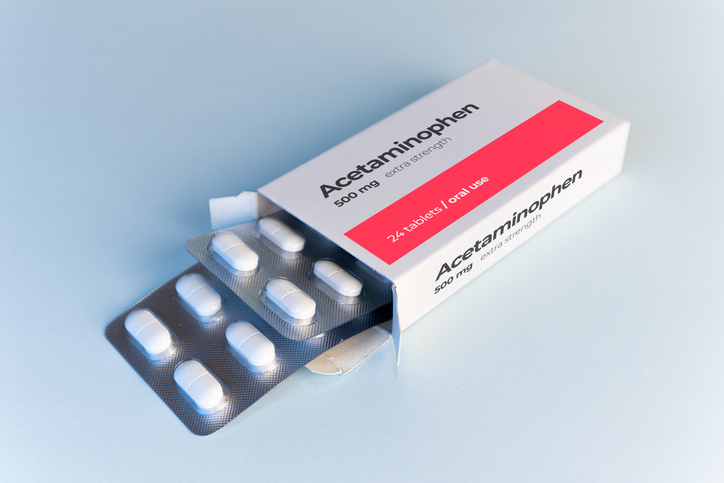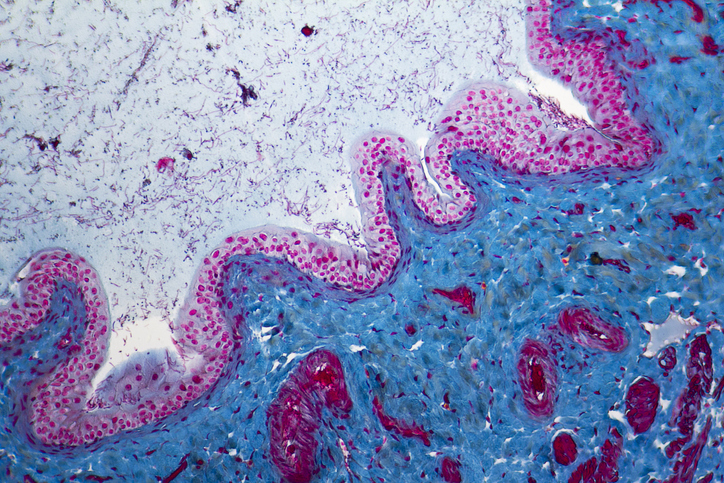Dr. Dang Talks About His Experience Living with - And Treating - Gout
By Kaitlyn D’Onofrio - Last Updated: January 4, 2023Huy Dang, DPM, a podiatry specialist in Centralia, Washington, talks about how his experience living with gout has impacted how he treats patients with gout. This is part one of a two-part interview.
DocWire News: Can you discuss your experience living with uncontrolled gout and its impacts on your day-to-day life?
Dr. Dang: Well, at the age of 23, I started having some severe pain in my foot and I was having multiple flare-ups throughout my life. What ended up happening was that I kept on getting misdiagnosed with other things that it possibly could be, because they didn’t expect gout to hit a person who was 23. It ended up, eventually, I kind of figured out, once I had gone through residency, that maybe it’s gout and I started treating it, basically, for gout. And then I would go through the regular medication regimens such as Allopurinol and anti-inflammatories and this would kind of decrease the actual gout attacks or the pain of the gout attacks. But eventually, it was beginning to catch up more and more and I was getting flare ups, just not in my great toe joint. I was having flare up in my Achilles tendon and other tendons throughout my foot, as well as my arms.
At one point, I knew that it was becoming a significant problem, where I was having this recurring pain that was plantar to my heel, and I had a colleague actually take a look at it. They opened it up and it was just a whole slew of gout that had come out of this small little abscess on the bottom of my foot. I knew that there had to be something bigger or better to help to control gout, long-term wise, because even though I was decreasing, what I thought was decreasing, the amount of attacks, I was still building up a significant amount uric acid in my system.
Eventually, I was looking at a couple of lectures and there was an IV Therapy in the Cleveland Area that was available. And going through the process, I eventually was able to get on the IV infusion therapy.
After the third or fourth infusion, I was feeling significantly better. I was actually able to finally start working. And all the little things that I had always attributed to normal pain or just me getting older, my joints getting a little more arthritic, was actually gout crystal building up in my hands and my feet, my elbows, joints, and tendons. So the IV infusion therapy has actually given me a new lease on life because it has allowed me to actually continue practicing and gotten me a whole lot better in being able to control gout long-term wise. Because I had to get rid of this extensive uric acid burden that was within my system.
How has experiencing living with gout affected how you care for patients with gout?
Well, it’s made me a really big fierce advocate for gout. I mean, I can understand the pain that goes with it, but I think what really the bigger push on me, and the bigger focus, is actually really not just alleviating pain, but decreasing the associated risk with gout. Because it’s not simply just treating gout and making sure that the patient is having less pain or being able to get through the day, it’s making sure all their organ systems aren’t getting affected by gout. My goals now is really to prevent the build up of uric acid and prevent further complications. Because I’ve even seen it in myself, where I was having one of the bigger issues that was happening with me, was that it was affecting other organ systems. And once the gout was treated, those off values from my other organ systems actually started decreasing. So we’re starting to see that affect patients in all critical parts of their lives, not just the daily pain that they’re having with the gout, but also liver issues or any other organ and organ systems that the gout’s already affected.







 © 2025 Mashup Media, LLC, a Formedics Property. All Rights Reserved.
© 2025 Mashup Media, LLC, a Formedics Property. All Rights Reserved.